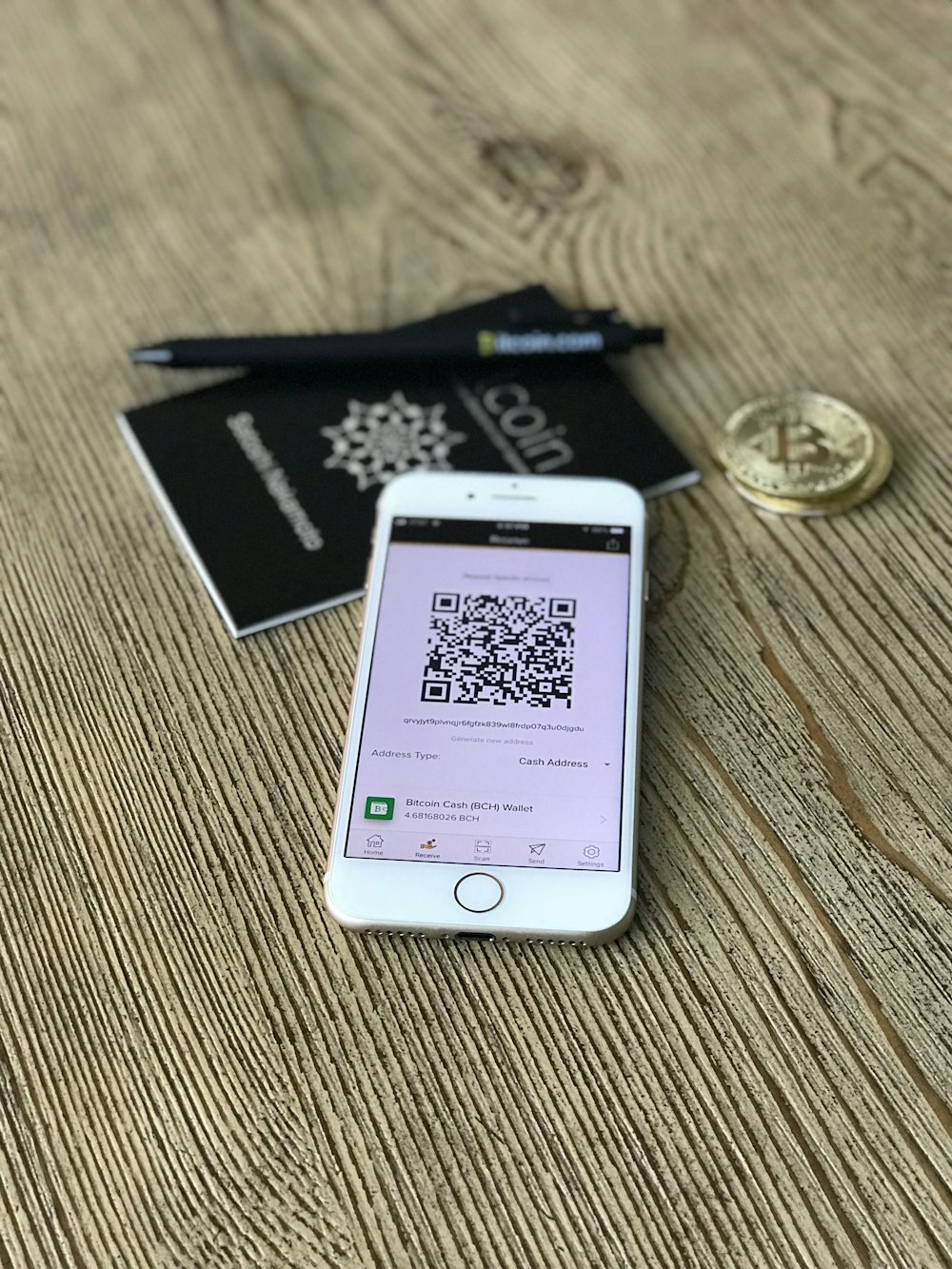Depending on whom you speak to, investments in the region are growing at a rapid pace or the market is coming to a bubble. We’re not venture capitalists, so we did the next best thing and spoke to Mark Suckling from Cento Ventures. Mark is the Principal at Cento Ventures and oversees portfolio management at Cento Ventures.
Their recent report, Southeast Asia Tech Investment in 2018 was widely covered and provided a wealth of data on the investment scene in the region. We spoke to Mark to find out more about the current state of the industry and if we’re approaching a bubble.
How to spend early investment wisely
Mark was kind enough to share his uncensored thoughts on the region and provide great insight into what we can expect in the coming months and years.
Southeast Asia’s startup scene seems to be thriving in terms of both investments and the number of startups entering the market. Is this an accurate assessment of the market?
Yes, Southeast Asia remains a very attractive region for tech investors and entrepreneurs alike. High-quality startups exist beyond a few heavily-invested parts of the region and every year that brings more successful exit stories will help inspire more founders to start companies and attract more investors to the ASEAN region.
Digitalisation is reaching ever further into numerous industry sectors, so we expect to see more tech being built in sectors such as the fashion industry, agriculture and food, labour, healthcare services, manufacturing, construction and so on.
In previous interviews that Cento Ventures’ spokespersons have given, they’ve mentioned that the funding coming into the region was primarily going to two or three major players like Grab and Go-Jek? Does this mean there is insufficient funding?
We have observed the continuation of ‘mega-deals’ as later stage tech companies capture ever larger investments. In 2018, over 70% of funding was captured by only 5 investments (Grab, Lazada, Go-Jek, Tokopedia and Sea Group).

This is not the whole story however, as we also see a growing cohort of other startups who are raising larger rounds, which puts them closer to the $1B valuation mark. The amount of investment and number of companies who have successfully raised between $5M – $50M show a consistent growth, while those in the $50M – $200M cohort also grew. Large and high-profile deals announced include PropertyGuru, Akulaku, Ninja Van, Carousell and Carro.
That said, it is true that funding has tended to concentrate on certain sectors and within certain industry sectors, and so therefore there are cases where funding could be considered insufficient.
What has been the biggest shift in the investment scene in Southeast Asia over the last 5-6 years?
The sheer scale of Venture Capital activity is the most notable shift – from less than US$0.5 B in 2013 to over US$11 B in 2018. The last 5 years has been a period during which the Southeast Asia tech sector has emerged as an attractive destination for global venture capital.
Do you believe we are in an investment bubble in Southeast Asia and there will need to be a serious correction?
For now, no. It’s certainly possible that external market conditions could make fundraising more troublesome for some of Southeast Asia’s larger, and still unprofitable, market leaders. If access to late stage capital is curtailed, it could lead to a few highly visible failures and perhaps create a short-term burst of skepticism around Southeast Asia. However, we are optimistic, as the underlying conditions remain highly favourable for tech startup creation and growth.
As an investor what are you looking for in a Southeast Asian startup?
A few of the things we look for include:
Market potential: We are aware that simply identifying a hypothetical need for a technology product or service is not the same thing as having validation that people or companies are prepared to pay for it.
Founder experience: Often, this means strong experience from within the industry in which they are building their startup. Identifying inefficiencies within a particular industry often benefits from an insider’s view to figure out how to fix it.
Technology: that is optimised for the resources that are available. Any startup should show how it can build its product in a market where competition for good developers is increasingly intense.
What are some of the companies in the region that have caught your eye? Are there any industries that we are undervaluing or overvaluing at the moment?

We are concentrating on two sectors at the moment – fintech and proptech. Fintech has received quite a lot of attention, but we feel still has a lot room for growth in a region where most consumers are still only partially served by formal financial services. Proptech is an emerging space, and is an example of how the real estate sector, one of the largest parts of the economy, in undergoing a process of digitalisation.
Which industry or startup do you see as the next big thing in the region?
Beyond some of the startups that are edging toward unicorn status that I mentioned above, and the emerging tech sectors that we are looking at, I think the big story of 2019 will be that Southeast Asia tech continues to gain the attention of institutional investors who are looking for growth markets outside of China and India. Alternative assets such as venture capital will be the beneficiaries. By early next year, we expect to be commenting on why an even larger amount of capital was invested in the region’s startups during 2019.
